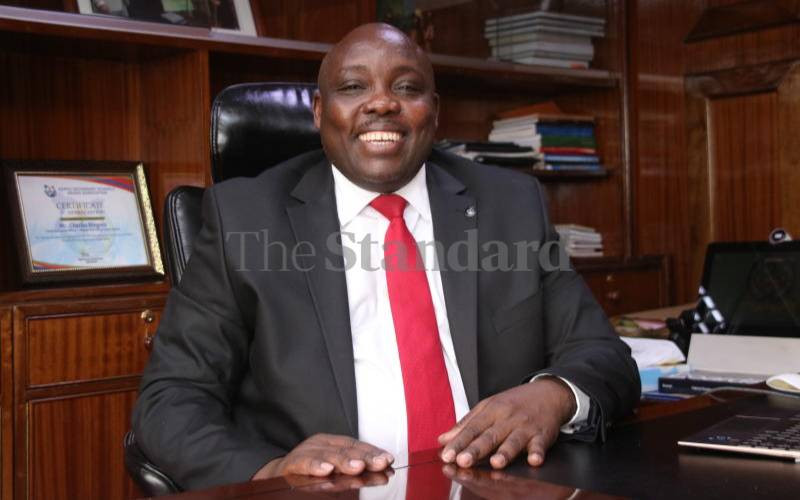×
The Standard e-Paper
Fearless, Trusted News

A new dawn is beckoning in students' placement and financing as the education reforms team has approved the merger of key placement and funding bodies.
The team also seems to have agreed with President William Ruto's suggestion that student funding should support the most vulnerable, while financial help for the rest should be graduated to assist all learners.